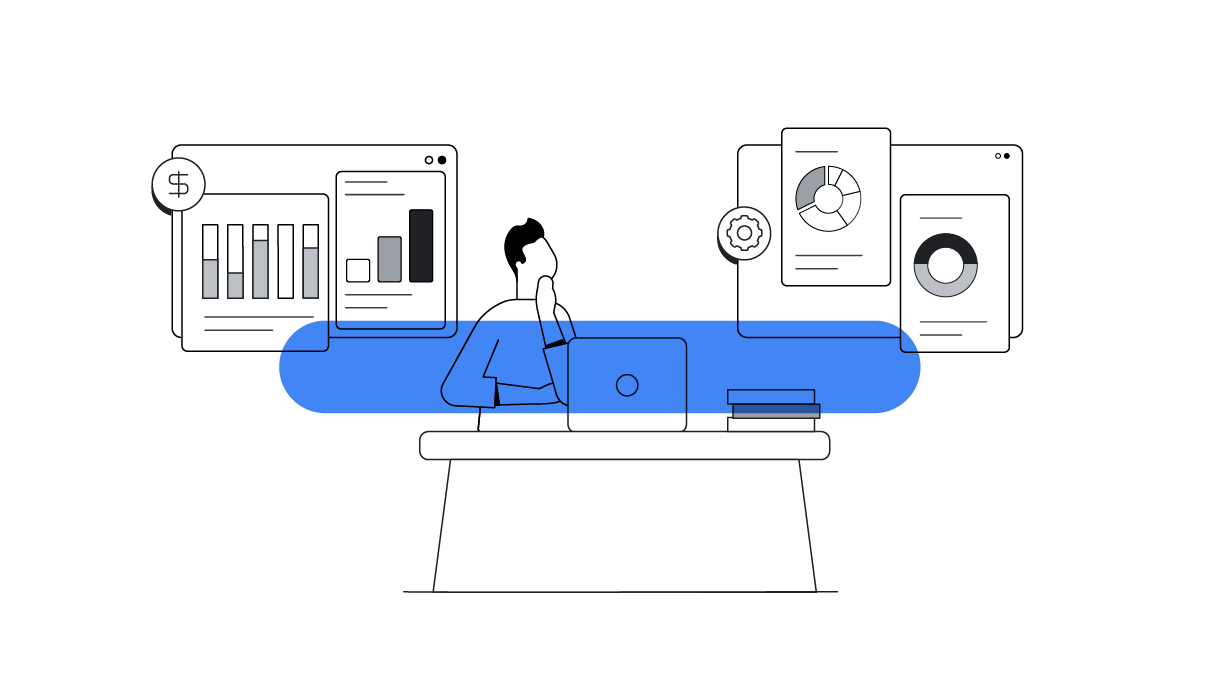Gone are the days when the retail season was actually seasonal. These days, you’ll find peak shopping moments happening almost every month in APAC, and this poses a challenge for brands and retailers.
In Southeast Asia alone, there were more than 15 peak shopping moments in the last six months of 2022, and more of such moments are emerging, including monthly double-digit sale days and payday sales by marketplaces. In addition, the marathon of sales events throughout the year ranges from traditional festivals like Ramadan and Diwali to Black Friday.
The multitude of sales events hasn’t created shopper fatigue. People embrace them as a way to cope with rising prices,1 and awareness of emerging double-digit sale days 7.7 and 8.8 has raced to levels comparable with more established ones like 11.11.2
But the success of these shopping moments presents a unique hurdle for brands and retailers like yourself: maintaining profitability amid shoppers’ expectations for continual discounts.
Instead of giving deeper discounts, brands can use behavioural levers to drive confident purchase decisions and increase sales and long-term profits.
It might be intuitive to offer deeper discounts during these sales events to catch shoppers’ attention and drive purchases, but we’re finding that discounts alone are no longer enough to win satisfied customers and increase sales.
Research shows that a significant portion of planned shopping during these sales moments remain unfinished even after the event has come and gone.3 The prevalence of incomplete purchases point to customers getting stuck in the “confidence gap” — that space between questioning and knowing, where one is unable to make confident purchase decisions.
Indeed, more than a third of APAC shoppers worry that the price they paid for a product during a sale may get even lower later on in the season.4 Clearly, the “confidence gap” costs brands and retailers like yourself.

Conversely, APAC shoppers who are confident with their product choice before purchasing are nearly 20% more likely to repurchase that product again.5 So for you to not only defend but win market share during APAC’s multi-peak shopping season, and grow profits in the long term, you’ll need to power a “confidence shift” among shoppers.
Here are two ways you can shift shopping behaviours and get customers to make confident purchase decisions.
1. Drive confident purchase decisions with behavioural levers
Our research shows that beyond discounts, there are five behavioural levers (listed below) that move shoppers to make confident purchase decisions. Applying these levers lets you build a network of signals that increases a shopper’s confidence in your products.
For example, activating the top two behavioural levers, social proof and delivery friction, increases share of consideration by between 1.7X and 2X.6 And when you apply all five levers, it can be as impactful as a 15% discount.7
The five shopping behavioural levers are as follows below.
Social proof: Shoppers trust other shoppers. Customer reviews and 5-star ratings for a product or retailer can be invaluable in driving confident purchase decisions. That’s why search queries containing the keyword “review” spike during sales moments.
Delivery friction: Make getting your product as easy as possible with features such as fast delivery, in-store collection, and free returns. These alleviate shoppers’ anxiety about buying during a short sales window, and incurring a cost if they find the product not right for them. Indeed, shoppers view free shipping as being so critical for double-digit sale days, it’s ranked above things like discounts, vouchers, and flash sales.8
Authority bias: Tap on expert reviews and awards from authoritative sources to build your brand reputation and gain credibility among shoppers.
Category heuristics: Shoppers often fall back on rule of thumb to make quick decisions. Heuristics such as short descriptions of key product specifications — say, “pet food with 100% natural ingredients” — help with decision-making.
Power of free: Freebies attract eyeballs, so adding free accessories, samples, or servicing and tech support to a product can help shoppers feel confident about making a purchase.
2. Apply shopping behavioural levers on relevant platforms
Where and how you activate the behavioural levers matter too, since more than 2 in 5 shoppers across Australia, India, and China agree that retailers can do a better job communicating their other perks or offers.9
To fully flex the levers, it’s important to do so on platforms relevant to shoppers. This means, for example, activating levers of social proof and authority bias by showing up with customer and expert reviews on the platforms that matter. During peak sales periods, more than 3 in 4 shoppers in the surveyed markets said they used a Google or YouTube property to help with their shopping.10
India’s popular hypermarket chain Smart Bazaar, which is part of Reliance Retail, put these strategies into practice last year for its Diwali sale by partnering with influential YouTube creators to create an in-store game show streamed on YouTube Premieres.
Filmed at one of the hypermarket stores, the livestream activated behavioural levers such as social proof, with the YouTube influencers giving their stamp of approval on the chain’s wide selection of deals for its Diwali "Bestival" Sale, the event name being a portmanteau of "best" and "festival."
The Chief Marketing Officer of Reliance Retail (Value Formats), Lalatendu Panda, says, “We innovated with content on YouTube to effectively engage our key audience — homemakers who use YouTube for their entertainment or discovery. We partnered with creators, who are household names, in a gamified format to create awareness of our top deals during the biggest sales event in India. This drove a remarkable 8.3 million unique interactions and 43,000 store visits.”
In APAC, where peak shopping moments can feel like a never-ending marathon for you as a brand or retailer, you’ll want to cash in on both immediate sales and long-running profits. And two ways can get you past that finish line: engaging with shoppers on relevant platforms, and activating behavioural levers to help them make confident purchase decisions repeatedly. So, on your marks, get set, sell.








